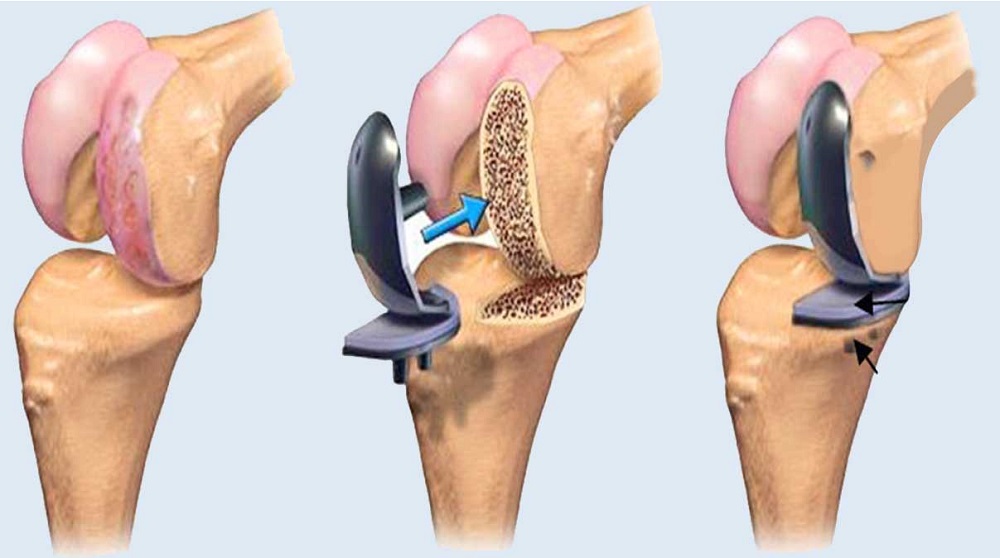
Arthroplasty Solutions for a Pain-Free Life: Restoring Mobility and Quality of Life
Arthroplasty, commonly known as joint replacement surgery, has revolutionized the treatment of debilitating joint conditions, offering millions of individuals the opportunity to regain mobility, alleviate pain, and enjoy an active lifestyle. From hip and knee replacements to shoulder and elbow surgeries, arthroplasty procedures have evolved significantly, employing advanced techniques and materials to provide long-lasting solutions for joint dysfunction. In this comprehensive guide, we explore the principles of arthroplasty, the conditions it addresses, the surgical techniques involved, and the benefits it offers for a pain-free life.
Understanding Arthroplasty:
Arthroplasty is a surgical procedure that involves the removal and replacement of a damaged or diseased joint with an artificial implant or prosthesis. It is typically recommended for individuals with severe joint pain, stiffness, and functional limitations resulting from conditions such as osteoarthritis, rheumatoid arthritis, avascular necrosis, or traumatic injury. The goal of arthroplasty is to restore joint function, alleviate pain, and improve quality of life by replacing the damaged joint surfaces with smooth, durable prosthetic components.
Common Types of Arthroplasty:
- Total Hip Replacement (THR): Total hip replacement is one of the most common arthroplasty procedures performed worldwide. It involves removing the damaged femoral head and acetabulum (hip socket) and replacing them with artificial components made of metal, ceramic, or plastic. THR is recommended for individuals with severe hip arthritis, hip fractures, or avascular necrosis, resulting in pain and limited mobility.
- Total Knee Replacement (TKR): Total knee replacement is indicated for individuals with advanced knee osteoarthritis, rheumatoid arthritis, or traumatic injury affecting the knee joint. During TKR, the damaged cartilage and bone surfaces of the femur, tibia, and patella are replaced with metal and plastic components, restoring smooth movement and function to the knee.
- Total Shoulder Replacement (TSR): Total shoulder replacement is performed to address conditions such as severe shoulder arthritis, rotator cuff tears, or fractures that compromise shoulder function and mobility. The procedure involves replacing the damaged humeral head and glenoid (shoulder socket) with artificial components, allowing for improved range of motion and pain relief.
- Total Elbow Replacement (TER): Total elbow replacement is less common than hip and knee replacements but may be recommended for individuals with severe elbow arthritis, traumatic injuries, or failed previous surgeries. During TER, the damaged ends of the humerus and ulna are replaced with metal and plastic implants, restoring elbow stability and function.
Surgical Techniques and Implant Materials:
Arthroplasty procedures are performed using a variety of surgical techniques tailored to each patient’s unique anatomy and condition. Minimally invasive approaches, computer-assisted navigation, and robotic-assisted surgery have enhanced precision and outcomes in joint replacement surgery, allowing for smaller incisions, reduced blood loss, and faster recovery times.
The choice of implant materials also plays a crucial role in the success of arthroplasty procedures. Modern joint implants are made of biocompatible materials such as titanium, cobalt-chromium alloys, ceramic, and ultra-high molecular weight polyethylene. These materials offer excellent durability, wear resistance, and compatibility with the body’s tissues, ensuring long-term performance and functionality of the artificial joint.
- Pain Relief: One of the primary benefits of arthroplasty is significant pain relief, allowing individuals to resume daily activities, exercise, and enjoy a better quality of life without the constant burden of joint pain.
- Improved Mobility: Arthroplasty restores joint function and mobility, enabling patients to move more freely, perform routine tasks, and engage in recreational activities that were previously restricted by joint dysfunction.
- Enhanced Quality of Life: By alleviating pain and restoring function, arthroplasty improves overall quality of life, enhancing physical well-being, mental health, and social interactions.
- Long-Term Durability: Advances in implant design and materials have contributed to the long-term durability and reliability of joint replacements, allowing patients to enjoy years of pain-free function without the need for further intervention.
- Customized Solutions: Arthroplasty procedures are tailored to each patient’s specific needs, taking into account factors such as age, activity level, anatomy, and underlying medical conditions to achieve optimal outcomes and patient satisfaction.
Recovery and Rehabilitation:
Recovery from arthroplasty surgery involves a comprehensive rehabilitation program aimed at restoring strength, flexibility, and function to the operated joint. Physical therapy plays a crucial role in the postoperative period, focusing on exercises to improve range of motion, muscle strength, and joint stability. Patients are gradually guided through progressive activities and functional tasks to facilitate recovery and adaptation to the new joint.
It is essential for patients to follow their surgeon’s instructions regarding postoperative care, activity restrictions, and rehabilitation protocols to optimize outcomes and minimize the risk of complications. While recovery times may vary depending on the type of arthroplasty and individual factors, most patients experience significant improvements in pain and function within the first few months following surgery.
Conclusion:
Arthroplasty offers effective solutions for individuals suffering from debilitating joint conditions, providing relief from pain, restoring mobility, and enhancing overall quality of life. With advances in surgical techniques, implant materials, and rehabilitation strategies, arthroplasty procedures continue to evolve, offering hope and optimism for patients seeking a pain-free and active lifestyle. By partnering with experienced orthopedic surgeons and rehabilitation professionals, individuals can embark on a journey towards improved joint health, independence, and well-being through arthroplasty solutions tailored to their unique needs and goals.


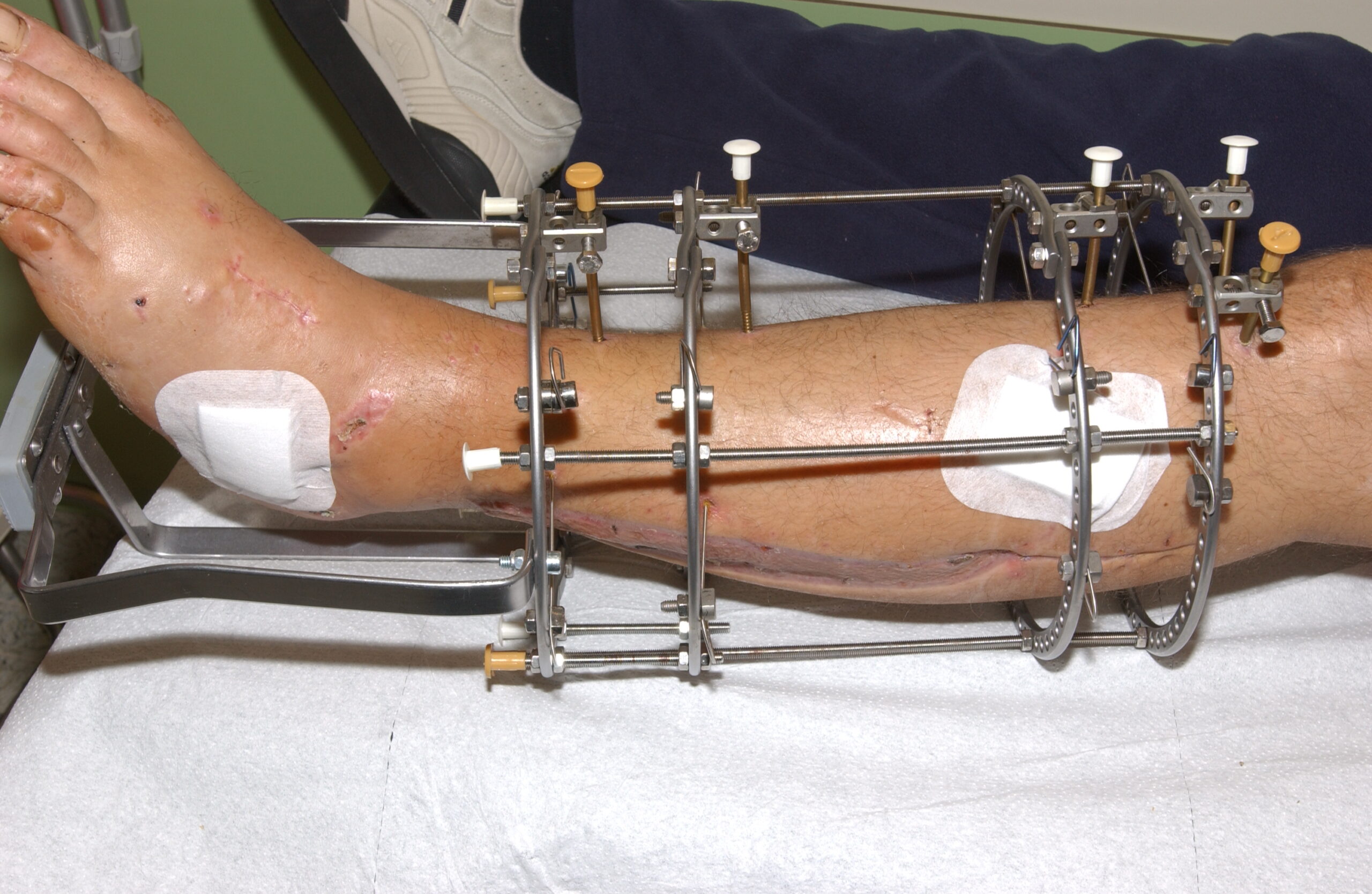
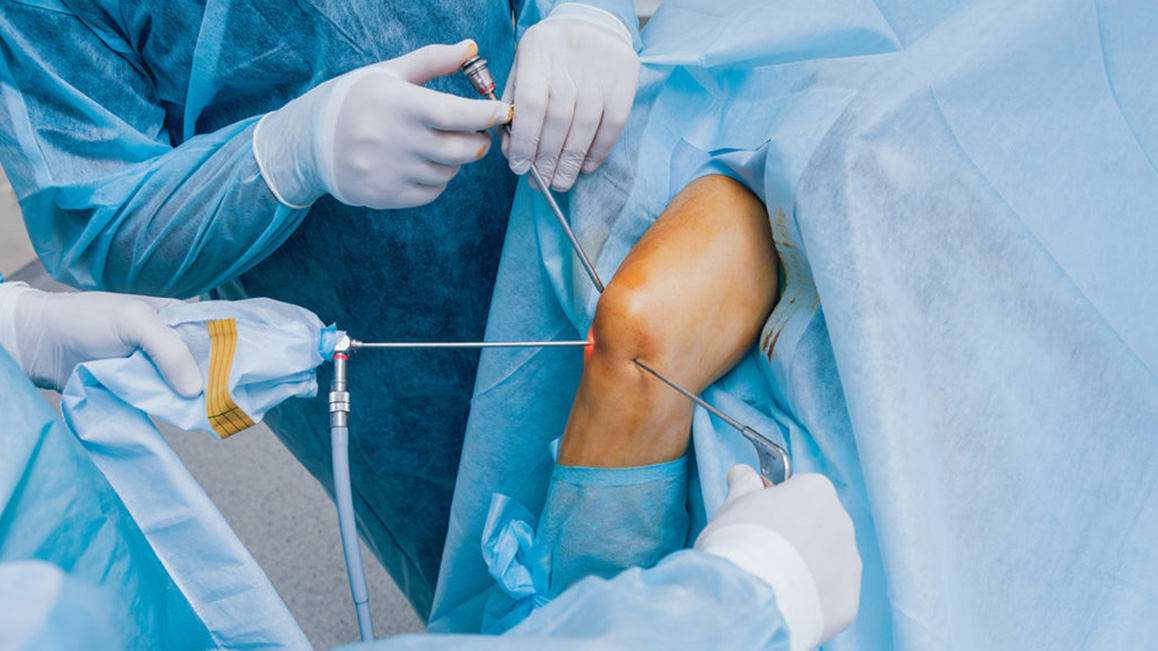
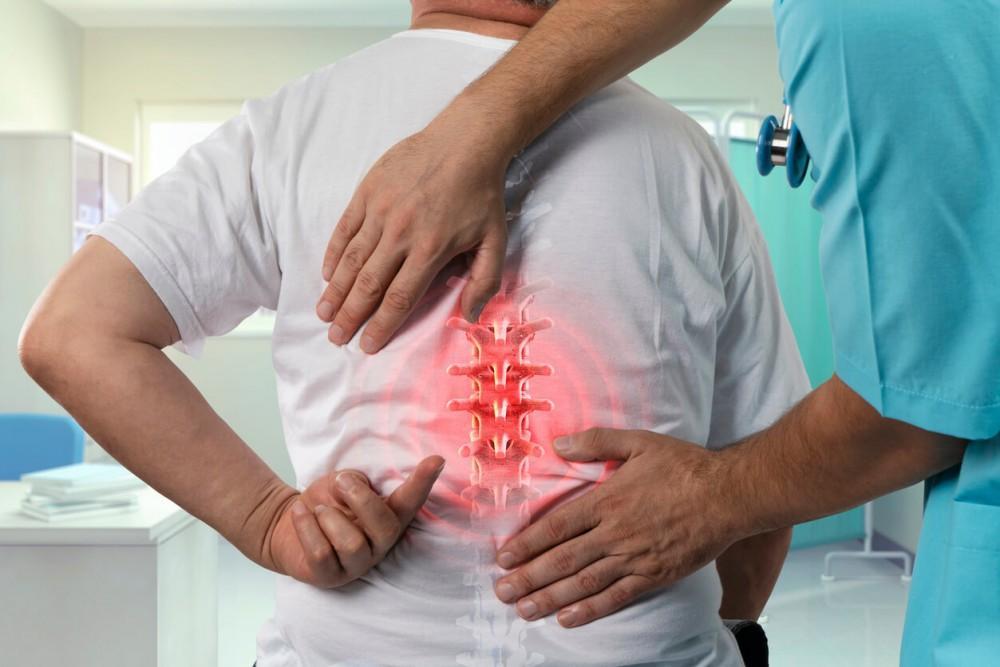
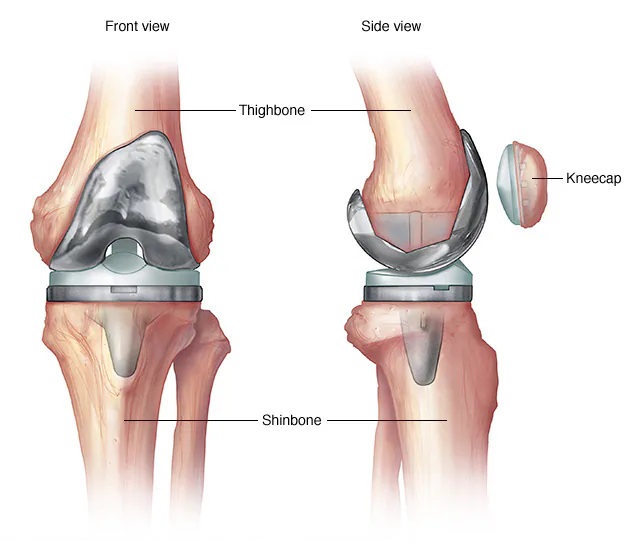
Leave a Reply